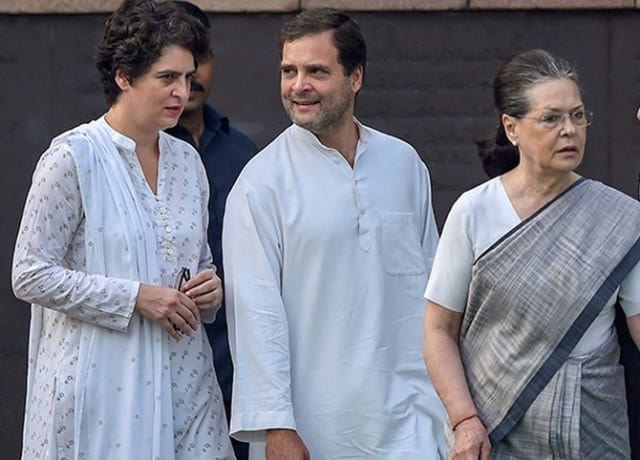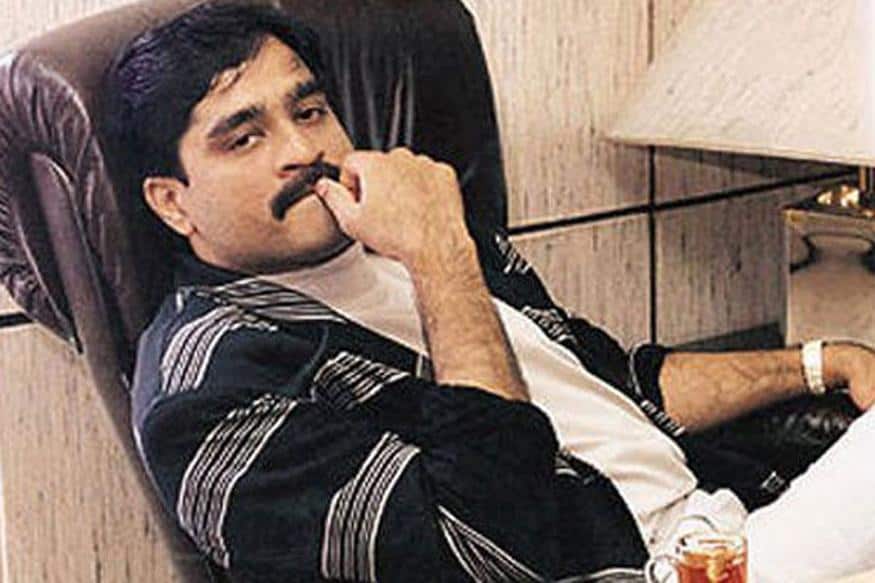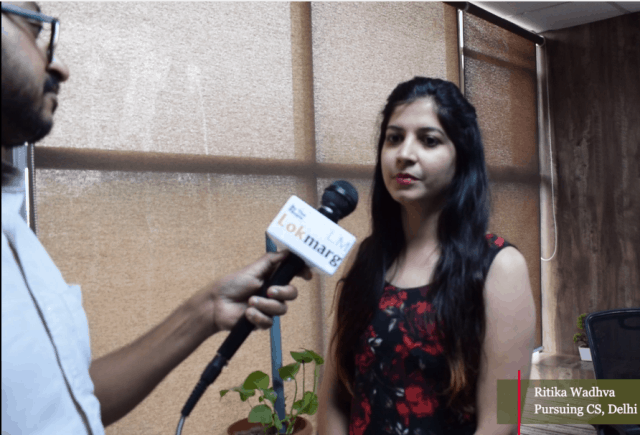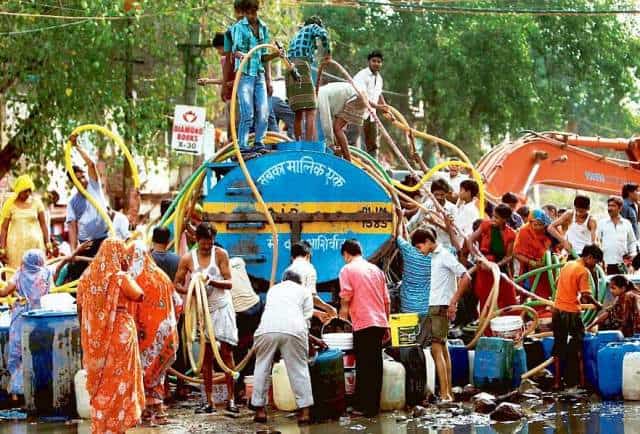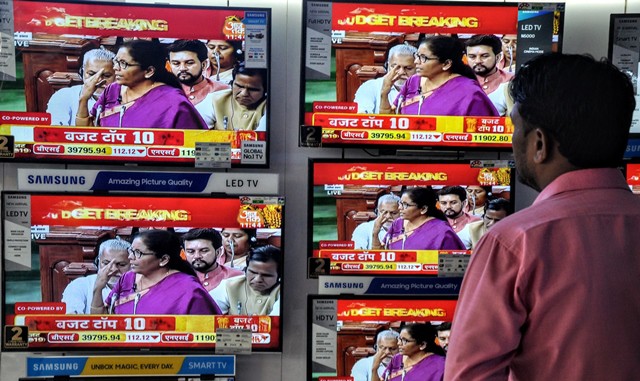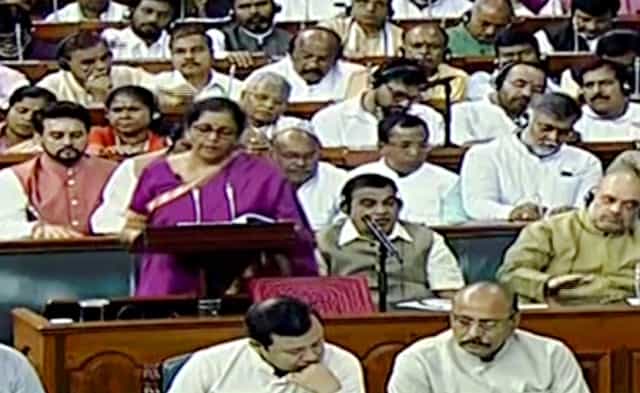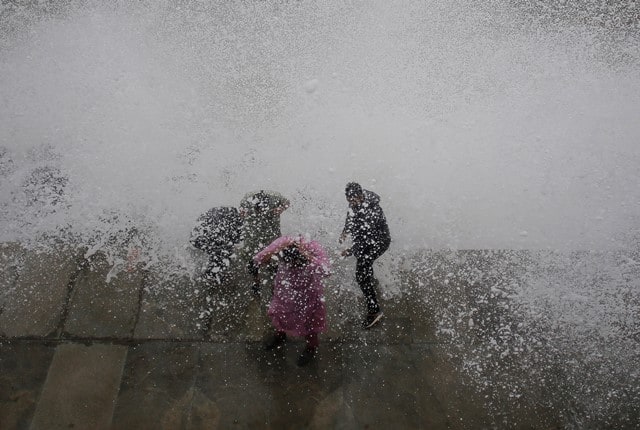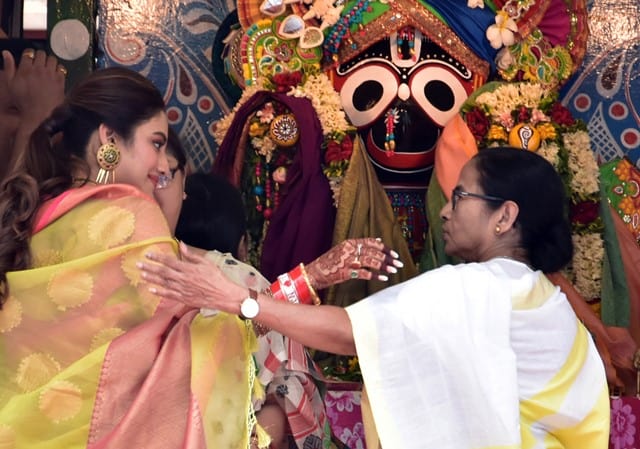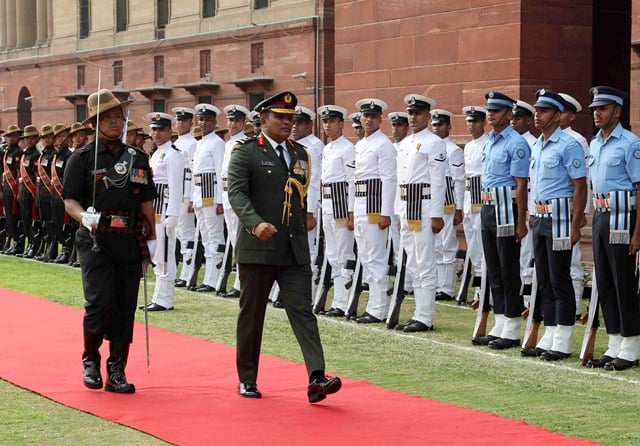Union Minister for Finance and Corporate Affairs Nirmala Sitharaman on Friday made her maiden Budget Speech and presented the Union Budget 2019-20 in the Lok Sabha. The key highlights of the Budget are as follows:
10-POINT VISION FOR THE DECADE
* Building Team India with Jan Bhagidari: Minimum Government Maximum Governance
* Achieving green Mother Earth and Blue Skies through a pollution-free India
* Making Digital India reach every sector of the economy
* Launching Gaganyan, Chandrayaan, other Space and Satellite programmes
* Building physical and social infrastructure
* Water, water management, clean rivers
* Blue economy
* Self-sufficiency and export of food-grains, pulses, oilseeds, fruits and vegetables
* Achieving a healthy society via Ayushman Bharat, well-nourished women and children, the safety of citizens
* Emphasis on MSMEs, Start-ups, defence manufacturing, automobiles, electronics, fabs and batteries, and medical devices under Make in India.
MASSIVE PUSH TO ALL FORMS OF PHYSICAL CONNECTIVITY
* Pradhan Mantri Gram Sadak Yojana
* Industrial Corridors, Dedicated Freight Corridors
* Bhartamala and Sagarmala projects, Jal Marg Vikas and UDAN Schemes
* State road networks to be developed in the second phase of Bhartamala project
* Rs 50 lakh crore investments needed in Railway Infrastructure during 2018-2030.
* 657 kilometers of Metro Rail network has become operational across the country.
* Outlay of Rs 10,000 crore for three years approved for Phase-II of FAME Scheme.
MEASURES TO DEEPEN BOND MARKETS
* Stock exchanges to be enabled to allow AA rated bonds as collaterals
* User-friendliness of trading platforms for corporate bonds to be reviewed
* Electronic fundraising platform under the regulatory ambit of SEBI
* Listing social enterprises and voluntary organizations.
* To raise capital as equity, debt or as units like a mutual fund.
* KYC norms for Foreign Portfolio Investors to be made more investor-friendly
* Insurance intermediaries to get 100 pc FDI
* FPIs to be permitted to subscribe to listed debt securities issued by ReITs and InvITs.
DIRECT TAXES
* Tax rate reduced to 25 per cent for companies with annual turnover up to Rs 400 crore
* Surcharge increased on individuals having taxable income from Rs 2 crore to Rs 5 crore and Rs 5 crore and above.
* Direct tax revenue increased by over 78 pc in past five years to Rs 11.37 lakh crore
* Those who don’t have PAN can file tax returns using Aadhaar
* Pre-filling of Income-tax Returns for faster, more accurate tax returns
AFFORDABLE HOUSING
* Additional deduction up to Rs 1.5 lakhs for interest paid on loans borrowed up to March 31, 2020 for purchase of house valued up to Rs 45 lakh
* Overall benefit of around Rs 7 lakh over loan period of 15 years.
OTHER DIRECT TAX MEASURES
* Simplification of tax laws to reduce genuine hardships of taxpayers
* Higher tax threshold for launching prosecution for non-filing of returns
* Appropriate class of persons exempted from the anti-abuse provisions of Section 50CA and Section 56 of the Income Tax Act.
RELIEF FOR START-UPS
* Capital gains exemptions from sale of residential house for investment in start-ups extended till FY21.
* ‘Angel tax’ issue resolved- start-ups and investors filing requisite declarations and providing information in their returns not to be subjected to any kind of scrutiny in respect of valuations of share premiums.
* Funds raised by start-ups to not require scrutiny from Income Tax Department
* E-verification mechanism for establishing the identity of the investor and source of funds
* Special administrative arrangements for pending assessments and grievance redressal
* No inquiry in such cases by the Assessing Officer without obtaining approval of the supervisory officer.
* No scrutiny of valuation of shares issued to Category-II Alternative Investment Funds.
INDIRECT TAXES
* Basic customs duty increased on cashew kernels, PVC, tiles, auto parts, marble slabs, optical fibre cable, CCTV camera, etc.
* Exemptions from custom duty on certain electronic items now manufactured in India withdrawn
* End use based exemptions on palm stearin, fatty oils withdrawn
* Exemptions to various kinds of papers withdrawn
* 5 per cent basic custom duty imposed on imported books
* Customs duty reduced on certain raw materials such as inputs for artificial kidney and disposable sterilised dialyser and fuels for nuclear power plants, etc.
* Capital goods required for manufacture of specified electronic goods
EXPORT DUTY RATIONALISED
* Increase in special additional excise duty and road and infrastructure cess each by rupee one per litre on petrol and diesel
* Custom duty on gold and other precious metals increased
EASE OF LIVING
* About 30 lakh workers joined the Pradhan Mantri Shram Yogi Maandhan Scheme that provides Rs 3,000 per month as pension on attaining the age of 60 to workers in unorganized and informal sectors.
* Approximately 35 crore LED bulbs distributed under UJALA Yojana leading to cost saving of Rs 18,341 crore annually.
BANKING AND FINANCIAL SECTOR
* NPAs of commercial banks reduced by over Rs 1 lakh crore over the last year
* Record recovery of over Rs 4 lakh crore effected over the last four years.
* Domestic credit growth increased to 13.8 per cent
* Rs 70,000 crore proposed to be provided to PSBs to boost credit
* Reforms to be undertaken to strengthen governance in PSBs
MEASURES RELATED TO CPSES
* Target of Rs 1, 05,000 crore of disinvestment receipts set for the FY 2019-20
* Government to reinitiate the process of strategic disinvestment of Air India
* Government to consider going to an appropriate level below 51 pc in PSUs where the government control is still to be retained, on case to case basis
* Present policy of retaining 51 pc government stake to be modified to retaining 51 pc stake inclusive of the stake of government controlled institutions
DIGITAL PAYMENTS
* TDS of 2 per cent on cash withdrawal exceeding Rs 1 crore in a year from a bank account
* Business establishments with annual turnover more than Rs 50 crore shall offer low cost digital modes of payment to their customers and no charges or Merchant Discount Rate shall be imposed on customers as well as merchants
(ANI)
]]>
